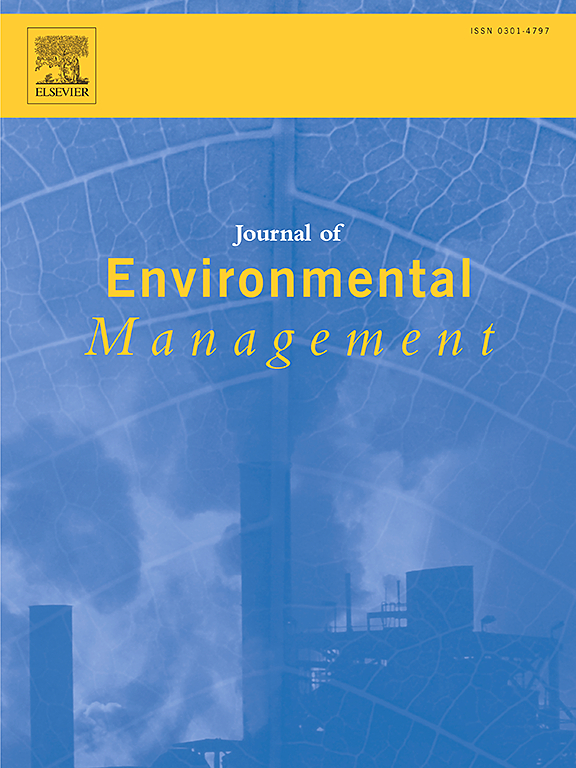Spatio-temporal evolution and drivers of coupling coordination between digital infrastructure and inclusive green growth: Evidence from the Yangtze River economic belt
IF 8
2区 环境科学与生态学
Q1 ENVIRONMENTAL SCIENCES
引用次数: 0
Abstract
The change of digital technology has ushered in a new era of digital infrastructure (DI) development. Facilitating the synergistic of DI and inclusive green growth (IGG) is essential for achieving sustainable development at the regional level. This study draws on panel data from 107 cities within China's Yangtze River Economic Belt (YREB) and employs a variety of research methodologies, including the entropy method, the coupling coordination degree model (CCDM), exploratory spatial data analysis (ESDA), the Dagum Gini coefficient, the GM (1.1), and an optimal parameters-based geographical detector (OPGD). The aim is to explore the coupling coordination degree (CCD) and drivers between DI and IGG from 2011 to 2020. The findings reveal: (1) Throughout the study, the CCD within the YREB remained generally low, achieving only low coordination by 2020. However, the system demonstrates greater harmonization and improved quality each year. Spatially, the distribution pattern exhibits a distinct “high in the east and low in the west” trend. (2) The CCD exhibits a positive spatial correlation, particularly with High-High clusters concentrated in the Yangtze River Delta (YRD). (3) Utilizing difference analysis and gray model predictions, the CCD level of the YREB shows considerable potential for development, with regional disparities gradually narrowing. (4) While the dominant driving factors of CCD vary across different sub-regions of the YREB, information supportability and economic driving force generally emerge as the primary drivers across different spatial sub-regions, with their impact significantly enhanced when interacting with other factors. Consequently, this study accurately identifies the driving factors in different spatial sub-divisions and suggests tailored development strategies and measures to provide more scientifically grounded policy insights.
求助全文
约1分钟内获得全文
求助全文
来源期刊

Journal of Environmental Management
环境科学-环境科学
CiteScore
13.70
自引率
5.70%
发文量
2477
审稿时长
84 days
期刊介绍:
The Journal of Environmental Management is a journal for the publication of peer reviewed, original research for all aspects of management and the managed use of the environment, both natural and man-made.Critical review articles are also welcome; submission of these is strongly encouraged.
 求助内容:
求助内容: 应助结果提醒方式:
应助结果提醒方式:


